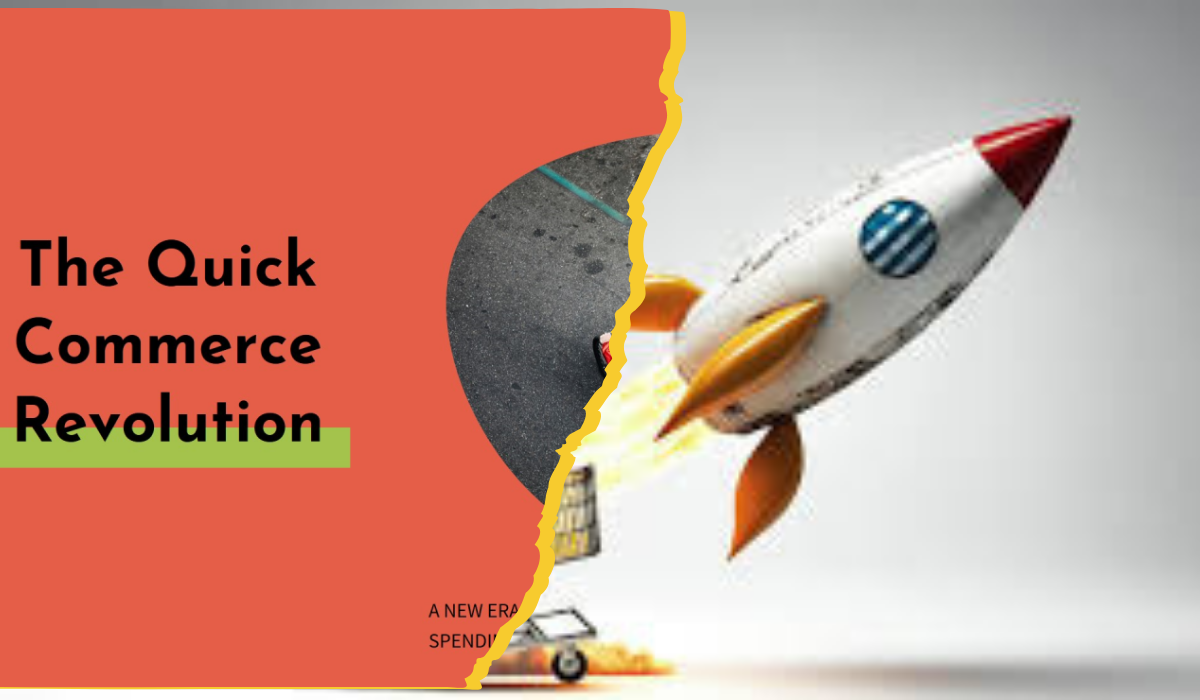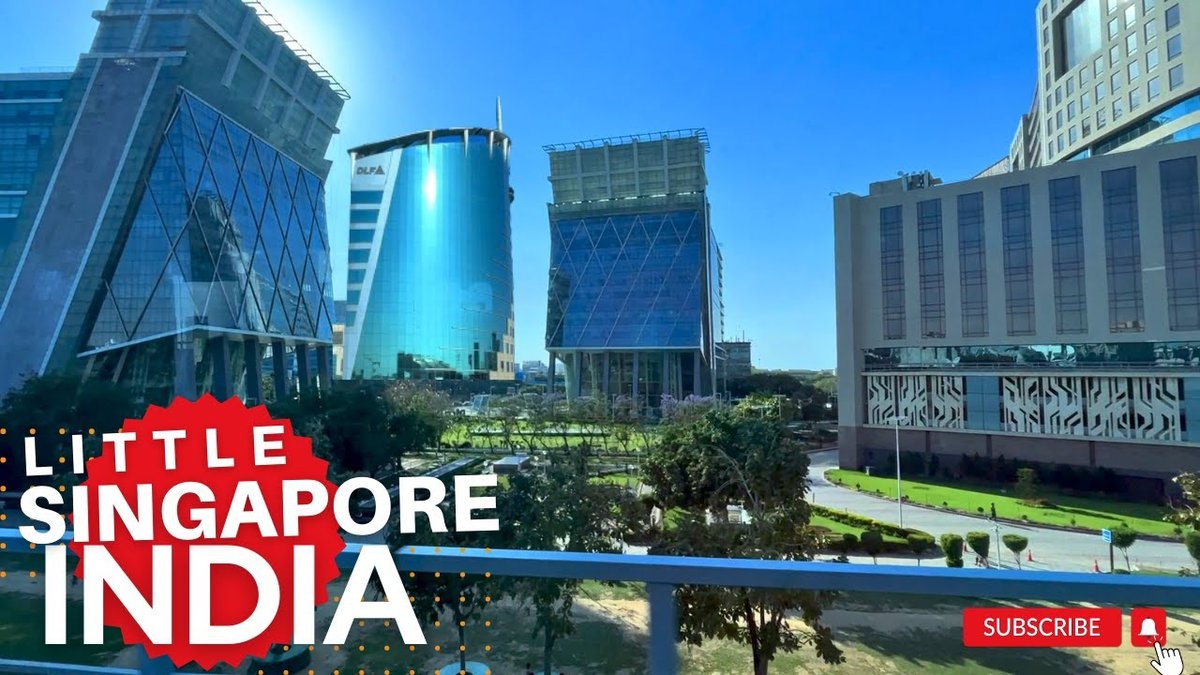The e-commerce landscape in India is undergoing a seismic shift, thanks to the rapid rise of quick commerce platforms like Blinkit, Zepto, and Instamart. These companies are not just competing with giants like Amazon and Flipkart—they’re potentially on the path to overtaking them. Industry experts are now considering the possibility that Blinkit, an Indian company, could surpass Amazon within the next decade. This article delves into the factors driving this quick commerce revolution in India and what it means for the future of e-commerce in the country.
In a stunning turn of events, the quick commerce revolution in India is reshaping the e-commerce landscape. Companies like Blinkit, Zepto, and Instamart are not just surviving – they’re thriving, and potentially threatening giants like Amazon and Flipkart. This shift is so significant that some industry experts believe Blinkit, an Indian company, could surpass Amazon in size within the next decade. But how did we get here, and what does it mean for the future of e-commerce in India?
The Quick Commerce Revolution in India: From Cash Burn to Gold Mine?
A mere two years ago, the quick commerce industry in India appeared to be on shaky ground. The economics didn’t seem sustainable. Here’s a breakdown of the challenges:
| Challenge | Details |
|---|---|
| Low Average Order Value | Orders averaged between ₹350-400, making profitability difficult. |
| Slim Margins | Gross margins were around 20%, which is optimistic compared to DMart’s 16%. |
| High Delivery Costs | Free delivery on small orders further eroded the already thin margins. |
The Math Behind the Madness
To understand the gravity of the situation, consider the economics of a typical dark store in 2022:
| Parameter | Details |
|---|---|
| Setup Cost | ₹25-40 lakhs |
| Store Size | 2000-2500 square feet |
| Staff | 34 employees (mostly packers) |
| Average Order Value (AOV) | ₹350-400 |
| Gross Profit Margins | 15-20% |
| Orders per Day | 600 (Busy Store) |
Even with a high volume of orders, breaking even was a significant challenge. The economics were simply not in favor of these businesses.
The Tipping Point: When ₹550 Changed Everything
Our analysis in 2022 revealed that if the average order value could increase from ₹400 to ₹550, quick commerce could turn highly profitable. Fast forward to today, and this prediction has not only been realized but exceeded.
Unlock Your Dream Home Today!
Get personalized real estate insights delivered straight to your inbox.
Current Average Order Values
| Platform | Average Order Value (₹) |
|---|---|
| Zepto | ₹450-500 |
| Instamart | ₹500-550 |
| BBnow | ₹500 |
| Blinkit | ₹635 |
Blinkit has not only reached but surpassed the sweet spot we identified. But how did they manage this remarkable turnaround?
The 3 C’s of E-commerce: Cost, Convenience, and Catalog
The success of quick commerce platforms hinges on three critical factors:
- Cost: While not always the cheapest, these platforms offer competitive pricing.
- Convenience: Delivery times have been redefined, shifting from days to mere minutes.
- Catalog: Quick commerce has expanded its offerings from groceries to a wide range of products.
India’s Three-Tiered Market: A Unique Opportunity
To fully grasp the quick commerce revolution, it’s essential to understand India’s market structure:
| Market Segment | Population | Average Income | Consumption Share |
|---|---|---|---|
| India 1 | 30 million | $15,000 | 89% of beauty products |
| India 2 | 300 million | $3,000 | 70% of dining out |
| India 3 | 1 billion | $1,000 | 79% of food & beverage |
India 1, despite its smaller population, drives a disproportionate share of consumption, making it a lucrative target for quick commerce platforms.
Blinkit’s Winning Strategy
Blinkit and its competitors have effectively capitalized on this opportunity by:
- Charging for Convenience: Implementing delivery fees and surge pricing.
- Premium Pricing: Offering products at a slight markup compared to traditional e-commerce.
- Expanded Catalog: Moving beyond groceries to electronics, clothing, and even gaming consoles.
The Numbers Don’t Lie: Blinkit’s Current Unit Economics
Based on a JM Financial report, here’s a look at Blinkit’s current financials:
| Revenue Stream | Amount (₹ Crore) | Per Order (₹) |
|---|---|---|
| Warehousing & Commissions | 414.4 | 74 |
| Ad Income | 124 | 22 |
| Customer Fees | 105.6 | 19 |
| Total Revenue | 644 | 115 |
| Cost Category | Amount (₹ Crore) | Per Order (₹) |
|---|---|---|
| Discounts & Incentives | 11 | 2 |
| Dark Store Operations | 120 | 22 |
| Mid-mile Delivery | 106 | 19 |
| Last-mile Delivery | 245.5 | 44 |
| Other Costs | 75 | 13 |
| Total Cost | 550 | 100 |
- Contribution Margin: ₹15 per order
While the margin is slim, it highlights the potential for profitability as the business scales.
Lessons from the Quick Commerce Revolution
- Target India 1: This segment values time and convenience over price. Premium brands should prioritize listing on quick commerce platforms.
- Data is King: Zomato’s acquisition of Blinkit provides access to valuable consumer data, enabling strategic dark store placements.
- Adapt or Perish: Traditional e-commerce giants like Amazon and Flipkart must innovate to compete in this new landscape.
- Scale Matters: As order volumes increase, fixed costs per order decrease, improving profitability.
- Convenience is the New Battleground: In urban India, time-saving is becoming more valuable than money-saving.
The Future of Quick Commerce in India
As Blinkit, Swiggy, and Zepto continue to grow, they’re positioning themselves for an epic battle with established players like Amazon and Flipkart. The quick commerce revolution in India is just beginning, and it promises to redefine the retail landscape.
For entrepreneurs and investors, the takeaway is clear: understand your market segments, leverage data, and never underestimate the power of convenience. The next decade in Indian e-commerce is set to be transformative.
The quick commerce revolution is rewriting the rules of retail, one 10-minute delivery at a time.
Quick commerce refers to e-commerce platforms that focus on delivering products to consumers within a very short time frame, often within minutes. This model emphasizes speed and convenience over traditional delivery timelines.
Blinkit is leveraging higher average order values, competitive pricing, and a diverse product catalog to gain market share. Experts believe that if current growth trends continue, Blinkit could surpass Amazon in the next decade.
As of now, Blinkit's average order value is approximately ₹635, while other platforms like Instamart and Zepto range between ₹450 to ₹550.
Initial challenges included low average order values, slim profit margins, and high delivery costs, which made profitability difficult for quick commerce platforms.
Strategies include charging for convenience through delivery fees, premium pricing for products, and expanding their catalog beyond groceries to include electronics, clothing, and other categories.
Consumer data is crucial for optimizing operations, such as strategic placement of dark stores and understanding consumer preferences. For instance, Zomato's acquisition of Blinkit provides valuable insights into consumer behavior.
Convenience is becoming increasingly important in urban India, with consumers valuing time-saving options over price savings. This shift is a key driver of the quick commerce revolution.
India's three-tiered market structure presents unique opportunities for quick commerce, as segments like 'India 1' have higher consumption shares and income levels, making them lucrative targets for these platforms.
Key lessons include the importance of targeting the right market segments, leveraging consumer data, adapting to changing consumer preferences, and recognizing convenience as a crucial competitive advantage.
The future seems promising for quick commerce, with continued growth expected. Platforms like Blinkit, Swiggy, and Zepto are set to challenge established players like Amazon and Flipkart, potentially redefining the retail landscape.
DISCLAIMER
The information provided on this website is for general informational purposes only. While we strive to keep the content up-to-date and accurate, we make no representations or warranties of any kind, express or implied, about the completeness, accuracy, reliability, suitability, or availability of the information, products, services, or related graphics contained on this website.
In no event will we be liable for any loss or damage including without limitation, indirect or consequential loss or damage, or any loss or damage whatsoever arising from loss of data or profits arising out of, or in connection with, the use of this website.
Real Estate Investment Risks
Real estate investments involve significant risks and market volatility. Property values, rental rates, and market conditions can fluctuate. Past performance is not indicative of future results.
Before Making Real Estate Decisions
Before making any real estate decision, we strongly advise you to:
- Conduct thorough due diligence
- Consult with qualified legal, financial, and real estate professionals
- Carefully review all relevant documents and contracts
- Consider your personal financial situation and investment goals
This website does not provide legal, financial, or investment advice. All content is for informational purposes only and should not be construed as professional advice or recommendations.
By using this website, you acknowledge and agree to these terms. We reserve the right to modify this disclaimer at any time without notice.







